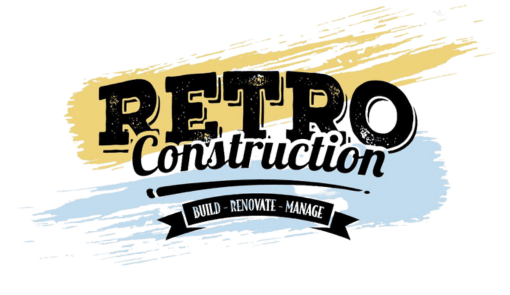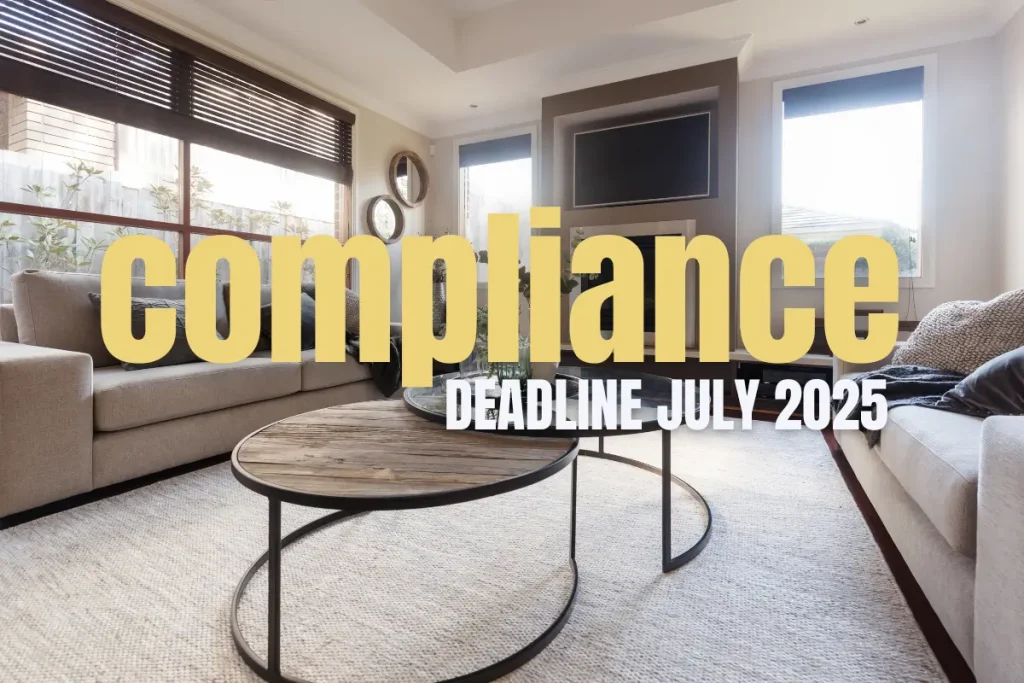With the 1st of July 2025 deadline fast approaching, New Zealand landlords must act quickly to meet the Healthy Homes Standards – a crucial requirement for providing safe and comfortable living environments for tenants.
The Healthy Homes Standards, introduced by the New Zealand government, set specific requirements for rental properties to ensure they are warm, dry, and healthy. However, achieving compliance can be a complex and time-consuming process, especially when multiple upgrades and specialist contractors are required.
Retro Construction offers a comprehensive project management service to assist landlords in bringing their rental properties up to standard. With access to a network of skilled contractors, we handle every aspect of the compliance process, ensuring that all work is completed efficiently and to the highest standard. By choosing Retro Construction, landlords can enjoy total peace of mind with a single point of contact managing the entire project. Regular checks by a professional or perusing your property managers – 3 monthly inspection reports and acting fast upon a tenant’s request of any of the below not being in order, should safeguard you and ensure you can proof you have acted responsibly should you land in a tribunal for some reason!
Key Components of the Healthy Homes Standards
The Healthy Homes Standards cover five critical areas: heating, insulation, ventilation, moisture ingress and drainage, and draught stopping. Each standard is designed to address common issues in rental properties that contribute to poor living conditions.
Heating Standard
Landlords must ensure that rental properties have a fixed heater capable of heating the main living area to at least 18°C. This requirement aligns with World Health Organization (WHO) recommendations for indoor temperatures to promote good health. The heater must be fixed (e.g., a heat pump or wood burner) and not rely on an open fire or unflued gas heater. It must be an acceptable type, meaning it meets the heating capacity requirements for the size of the living area.
Insulation Standard
Proper insulation plays a crucial role in maintaining a warm home. The standards specify the minimum required levels of ceiling and underfloor insulation. Ceiling and underfloor insulation must meet the 2008 Building Code or be at least 120mm thick if installed before 1 July 2016. Any existing insulation that is in poor condition must be replaced or upgraded to meet the current requirements.
Ventilation Standard
Adequate ventilation is essential to prevent dampness and mould growth. The Healthy Homes Standards require:
- At least one opening window, skylight, or external door in each habitable room.
- Extractor fans in kitchens and bathrooms to reduce moisture levels, with minimum capacity requirements based on room size.
Moisture Ingress and Drainage Standard
This standard aims to prevent water damage and damp conditions that can lead to mould growth. Rental properties must have an efficient drainage system, including gutters, downpipes, and drains, to direct water away from the home. If a rental property has an enclosed subfloor space, it must have a moisture barrier to reduce dampness.
Draught Stopping Standard
Uncontrolled draughts can make homes cold and difficult to heat effectively. Landlords must: Seal any gaps or holes in walls, ceilings, windows, doors, and floors that are unreasonable and cause draughts. Ensure all unused chimneys and fireplaces are blocked to prevent draughts unless the tenant requests otherwise.
Exemptions to Healthy Homes Compliance
Properties may be exempt from complying with the Healthy Homes Standards under certain circumstances:
- Planned demolition or substantial rebuilding with approved consents (12-month exemption)
- When tenants are immediate former owners (12-month exemption)
- Partial building ownership limiting the landlord’s ability to implement changes.
Additional specific exemptions apply to individual standards for heating, insulation, ventilation, and moisture control. Read more on Exemptions here
Compliance and Documentation Requirements
Landlords must also keep records that demonstrate compliance with the Healthy Homes Standards. These records must be available upon request by the Tenancy Tribunal or the Tenancy Compliance and Investigations team. Failure to provide records within 10 working days of a request, without a reasonable excuse, is an unlawful act.
Relevant Documentation Includes:
- Code compliance certificate.
- Records of calculations of the main living room’s required heating capacity, including printouts from heating assessment tools.
- Name and qualifications of the heating specialist who assessed the required heating capacity. Certificate of acceptance.
- Receipts and invoices from builders or tradespeople.
- Receipts for building materials and elements used.
- Photographic evidence of compliance.
- Records of work from building practitioners or Independently Qualified Persons.
- A professional evaluation from a Licensed Building Practitioner, Independent Qualified Person, or other relevant professional.
- A Building Warrant of Fitness or Compliance Schedule (where extractor fans are part of a larger ventilation system).
- Land Information Memorandum (LIM) or Building Information Reports demonstrating compliance.
- Product manuals or schedules for installed compliance-related devices.
- Any other relevant documents that reasonably demonstrate compliance.
Required Statements for Tenancy Agreements
New tenancy agreements must include specific additional supplementary statements which will form an essential part of the legal paperwork. Read more on this here
When does your property need to meet the healthy homes standards?
Although most Healthy Homes compliance deadline has now already passed and varied depending on your type of tenancy, you can still use the tool below to check when your rental property must meet the standards, if not the case already:
Access the Compliance Tool: Start Your Assessment Now
What happens if I don’t comply?
If the landlord has not complied with the healthy home’s standards by their compliance deadline, they are in breach of the Residential Tenancies Act 1986. If a landlord has breached the healthy homes standards, tenants can apply to the Tenancy Tribunal to seek exemplary damages of up to $7,200.
How Retro Construction provides a seamless solution to ensure compliance and peace of mind:
- Conducting a full property assessment – We evaluate your rental home against the Healthy Homes Standards and identify any areas that require improvement.
- Project managing all necessary work – We liaise with electricians, insulation installers, ventilation experts, plumbers, and other specialist contractors so that you don’t have to.
- Ensuring timely and cost-effective compliance – Our efficient planning and coordination mean that your property meets the required standards before any compliance deadlines that has now passed yet or future dates.
- Providing a single point of contact – You communicate with just one person from Retro Construction, eliminating the stress of dealing with multiple contractors.
- Delivering complete documentation – We ensure that you receive all necessary compliance statements and records required for tenancy agreements, keeping you protected from non-compliance risks.
Conclusion
Meeting the Healthy Homes Standards is a crucial responsibility for landlords in New Zealand. While the compliance process can seem complex, Retro Construction makes it easy by managing the entire project from start to finish, ensuring you don’t need to worry about the technical details. Our expertise, access to trusted contractors, and commitment to high-quality service ensure that your rental property is fully compliant with minimal hassle. With our help Landlords gain peace of mind knowing that their properties meet legal requirements while providing tenants with a safe and healthy home.
Contact us today to discuss how we can help you achieve compliance efficiently, stress-free.
Handy Resources for Download
- Healthy homes guide for landlords – Helping you understand your responsibilities, and how to make sure your investment is healthy and stays that way.
- Healthy Homes Standards Checklist – Is your rental up to scratch? A simple checklist to identify what work needs doing on your rental to meet the standards.
- Keeping your property up to standard – A simple checklist to help you keep your property up to scratch.





